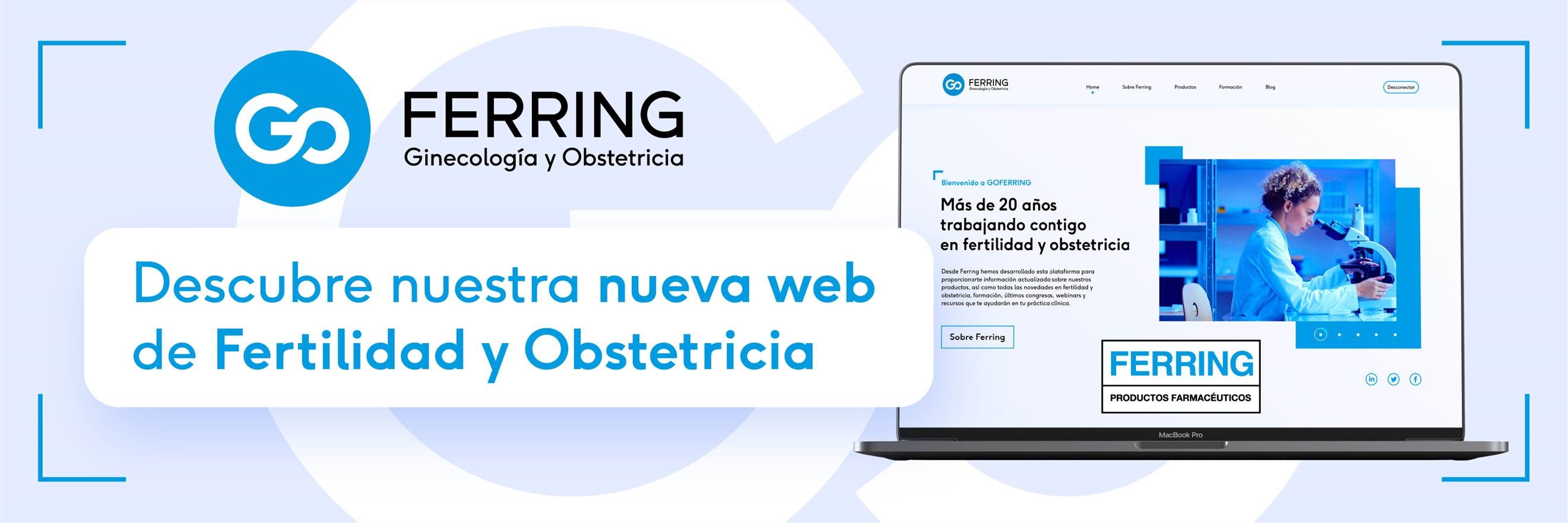Fertility study
Why am I finding it difficult to conceive?
Conceiving naturally is not as probable or as easy as we believe. In fact, the probability of a pregnancy for a young couple who have unprotected sexual relations is only 17%.
It is, therefore, actually more likely not to conceive during the first month of trying.
If after trying for 1 year to conceive it has still not happened, put yourself in our hands. If you are over 35 do it earlier, after trying for 6 months.
After an extensive and personalised fertility study of your case, we will identify the reason for the infertility and be able to offer you the most appropriate treatment.
Fertility study
Using the fertility study and any reports provided, the gynaecologist will have all of the information necessary to diagnose the reason for the infertility and, therefore, be able to offer the most appropriate fertility treatment to you, so that you can have the pregnancy you desire.
Basic fertility study
Clinical history (anamnesis)
A short questionnaire is used to collect all of the important information regarding the patient’s medical history.
Clinical history (anamnesis)
A short questionnaire is used to collect all of the important information regarding the patient’s medical history.
Comprehensive gynaecological examination
This assesses the female genital tract and identifies any possible anomalies which might be the cause of the infertility.
Semen analysis
Evaluates the male factor. Provides information regarding the quality and quantity of spermatozoa in the semen sample.
Hormone analysis
This provides information about ovarian function and ovarian reserve. The results are fundamental and vital to the fertility study.
Gynaecological ultrasound
Evaluates the position, morphology and size of the uterus and ovaries. It also provides information regarding ovarian activity. It is recommended that this is carried out at the beginning of the menstrual cycle (between days 3 and 5).
Other complementary tests
Hysterosalpingography
An x-ray that examines the Fallopian tubes and uterus to assess if there is a blockage or structure that hinders pregnancy.
Motile Sperm Organelle Morphology Examination (MSOME)
This semen analysis method identifies spermatozoa with alterations in morphology caused by damaged DNA or genetic material. [+ information]
Study of ovarian reserve
Determines the ovary’s functional capacity, its capacity to ovulate. It essentially consists of:
- Ultrasound: antral follicle count.
- Hormone analysis: assesses the basal levels of different hormone indicators: FSH, AMH, inhibin B, estradiol...
Histeroscopy
A technique that directly displays the inside of the uterine cavity. It uses an optic system, a camera (hysteroscope) that is inserted in the cervix.
Laparoscopy
A technique that displays the inside of the abdomen, due to the introduction of an optic system in the abdominal wall. It is the only test that directly diagnoses endometriosis.




 Español
Español Français
Français Català
Català Italiano
Italiano Русский
Русский









